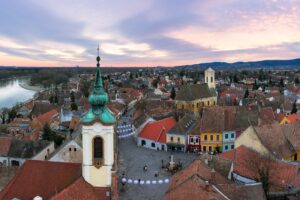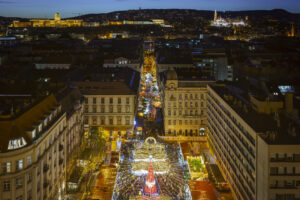Spring arrived prudently to the Hungarian capital this year, but it’s worth all the wait, as it has covered Budapest in beautiful plants and flowers. To celebrate this wonderful season, we’ve listed the must-see spring locations of the city, from Újlipótváros to Sváb Hill.
Szent István Park
The green heart of Újlipótváros, Szent István Park was established at the place of a former industrial site more than 90 years ago. This urban reserve boasts a variety of tree types, including sky reaching locusts, London planes, lime trees, silver birches, and a line of protected catalpas that were among the very first species planted here. Apart from the number one park attraction of families, aka the sandy playground, the visitors of Szent István Park can walk by blossoming plants and flowers in the spring and summer seasons. The park gives home to a tiny rose garden, too.
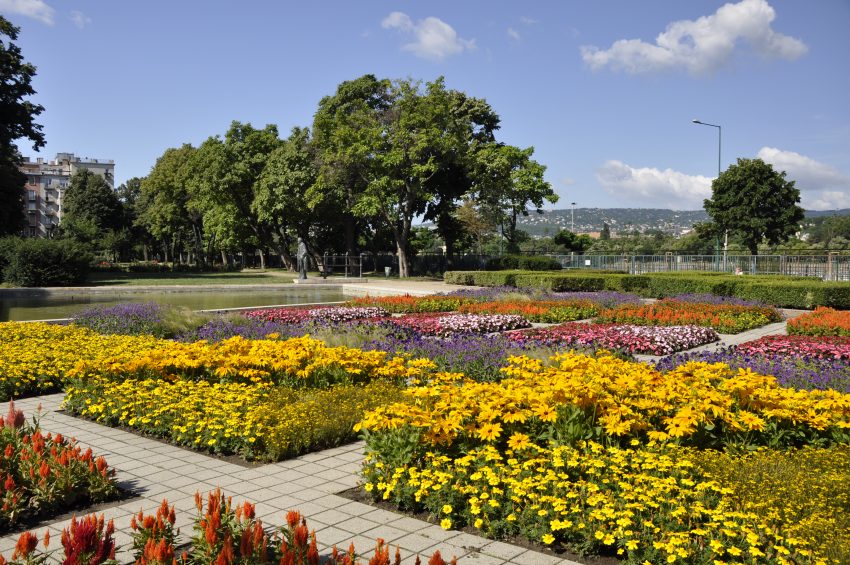
Photograph: Főkert Zrt.
Mechwart Liget
The beautiful park situated at the corner of Margit Avenue and Keleti Károly Street is often referred to as the unofficial main square of District II, with the mayor’s office at the north-western corner of this green oasis. You’ll find an enclosed area for flower beds in front of the stairs leading up to the mayor’s yellow building. In the spring, 15 thousand annual and bulbous plants are grown here. It’s no surprise that this green spot of the city looks fascinating this time of the year, with blossoming dwarf cherries, as well as lush oaks and aspens.
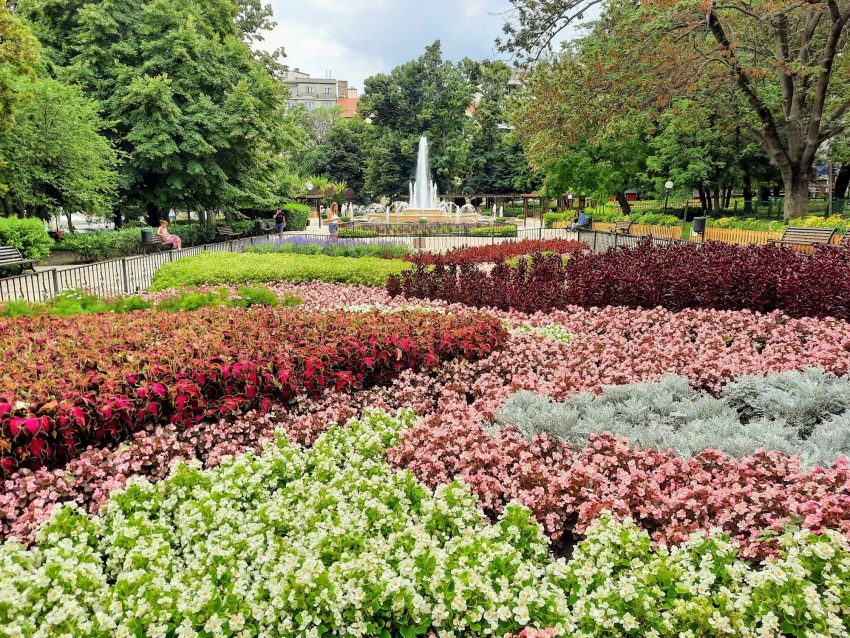
Photograph: Zsombor Györkő
Széllkapu Park
It’s been two years since the 26 square meters Széllkapu Park, one of the largest public parks in Central Europe opened, awaiting visitors with a three-dimensional hanging garden, a cherry tree lined promenade, spectacular solar panels, and 355 new trees. Sided by Fény Street, Kis Rókus Street, Margit Avenue, and Mammut 2 Shopping Mall, Széllkapu Park was built at the place of abandoned industrial buildings and a parking lot. This modern urban park boasting versatile flora and fauna is surely worth a visit.
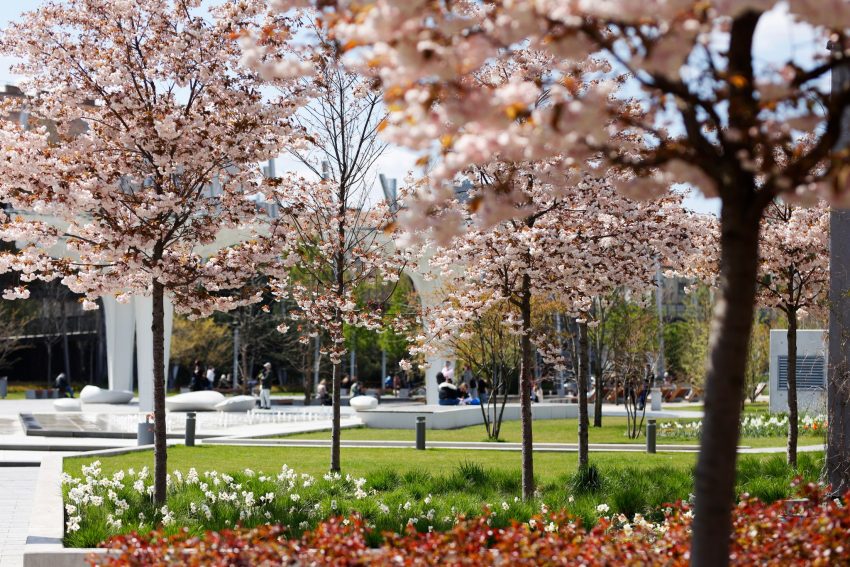
Photograph: Millenáris
Tóth Árpád Promenade
The number one destination of the blossoming Budapest is without a doubt the pink petals covered Tóth Árpád Promenade, named after our well-known writer who once loved taking long walks in the Castle District. The promenade is surrounded by trees on both sides: family villas line up behind chestnut trees at the eastern side, while westward you’ll get a grasp of a breath-taking panorama over Krisztinaváros and the hills of Buda. The wonderful view is shielded by the colourful, palm-sized petals of cherry trees from April to May.
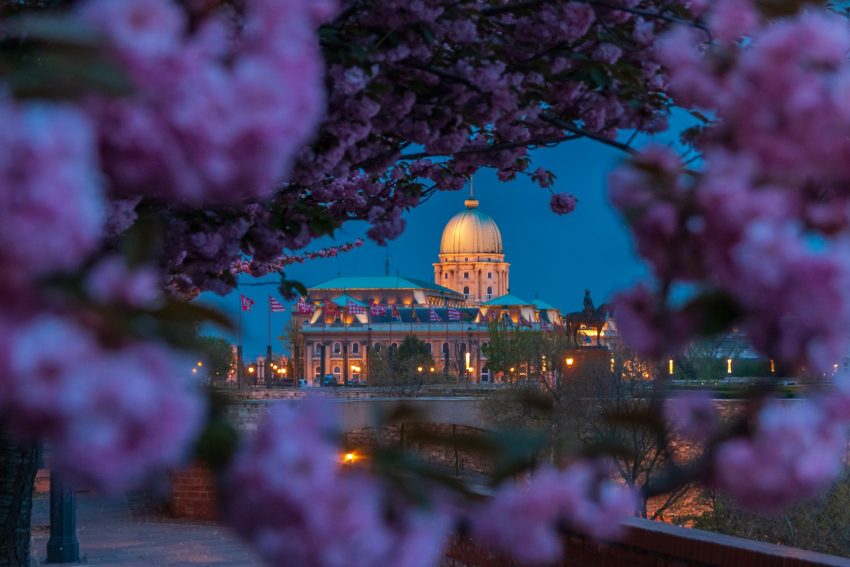
Photograph: Budapesti Tekergő
ELTE Botanical Garden
Established in 1847, the ELTE Botanical Garden (better known as Füvészkert, or herbalist garden) plays an important role in the world-renowned youth novel of Ferenc Molnár, The Paul Street Boys. Operating as a special educational unit of the Eötvös Loránd University on a little bit over 3 hectares of land, it houses 8,000 plant species, including many kinds of cactuses, Queen Victoria’s water lily, the ancient Wollemi pine, witch hazel, orchids, bamboo and more. Füvészkert’s most notable monument is the country’s first Palm House: boasting a small pond inside, tropical conditions, and a wide range of exotic trees, it will surely awaken the 19th century romanticist in everyone.
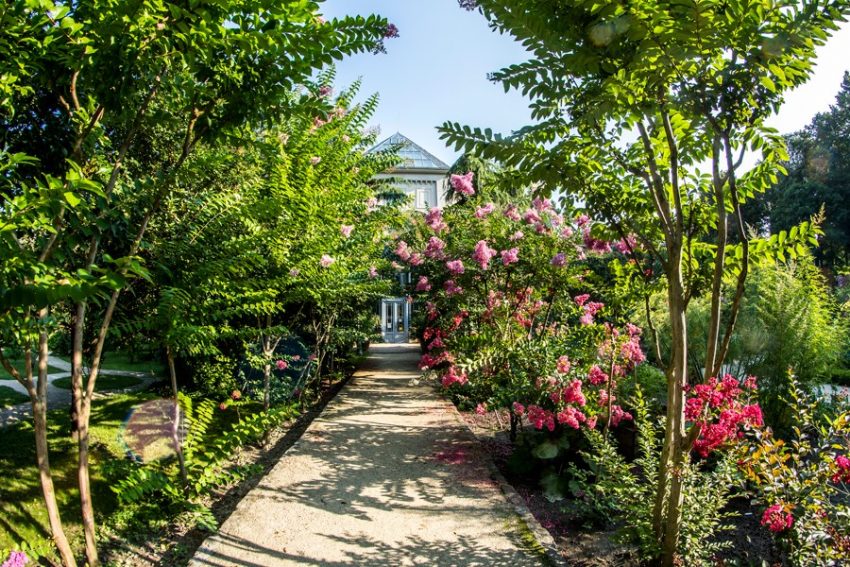
Photograph: Károly Demeter
Jókai Garden
Named after its former owner, the famous Hungarian writer Mór Jókai, Sváb Hill’s Jókai Garden was founded in 1973. He purchased the land at the age of 28 from the money he earned after two of his renowned novels: The Hungarian Nabob and Zoltán Kárpáthy. Before he gained ownership, the territory (a former stone mine) belonged to the violin manufacturer J.B. Schweitzer. Jókai fell in love with the irresistible panorama over Gellért Hill, river Danube and the city. He built a terrace and surrounded it with roses, vine, maple, linden, and fruit trees. The place became his sanctuary far away from the noisy city centre. Today, there is a memorial room dedicated to the writer with personal belongings but other exhibitions are also held. The park is open on business days.
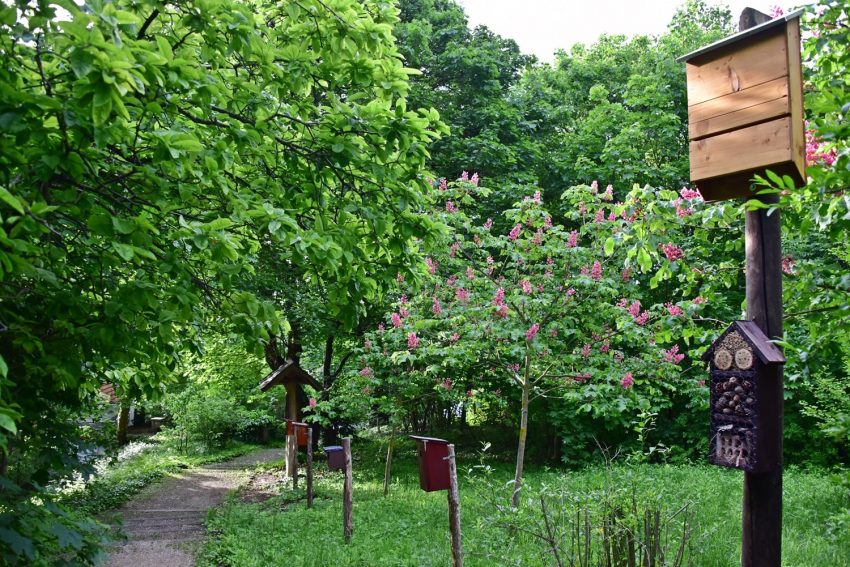
Photograph: Jókai-kert Természetvédelmi Terület


